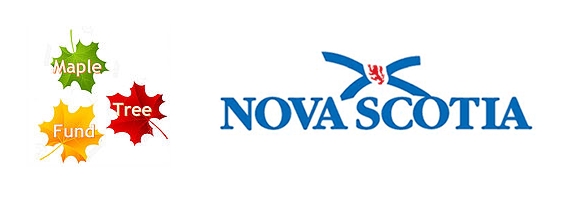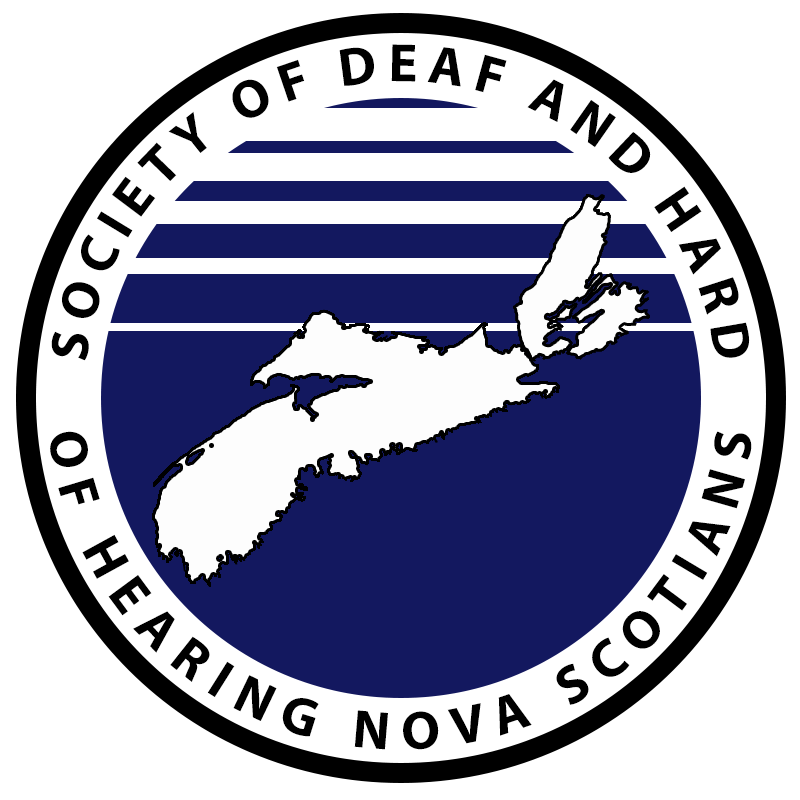The Registered Disability Savings Plan pilot project has been made possible through the Maple Tree Fund and the Government of Nova Scotia’s Poverty Reduction funding.

Registered Disability Savings Plan Information Toolkit
If you are looking for more detailed information about opening a Registered Disability Savings Plan (RDSP), please open and/or download the following documents, which include:
- A step-by-step guidebook on how to open an RDSP.
- The Disability Tax Credit Certificate application form.
- A list of all the toll-free numbers for financial institutions so you can set up your RDSP by phone. (Below)
The Disability Tax Credit
The Disability Tax Credit (DTC) is a non-refundable tax credit that helps persons with disabilities or their supporting persons reduce the amount of income tax they may have to pay. An individual may claim the disability amount once they are eligible for the DTC. This amount includes a supplement for persons under 18 years of age at the end of the year.
The purpose of the DTC is to provide greater tax equity by allowing some relief for disability costs, since these are unavoidable additional expenses that other taxpayers don’t have to pay.
Being eligible for the DTC can open the door to other federal, provincial, or territorial programs such as the Registered Disability Savings Plan (RDSP).
You are eligible for the DTC only if the CRA approves Form T2201, the Disability Tax Credit Certificate. A medical practitioner has to fill out and certify that you have a severe and prolonged impairment and must describe its effects.
If a person was eligible for the DTC for previous years but did not claim the disability amount when they sent their tax return, they can request adjustments for up to 10 years under the CRA’s Taxpayer Relief Provision.
Maximum Disability Amounts
| Year | Maximum Disability Amount | Maximum supplement for persons under 18 |
|---|---|---|
| 2018 | $8,235 | $4,804 |
How to Apply for the Disability Tax Credit Certificate
1. Read the Disability-Related Information guide
2. Take the self-assessment questionnaire on page eight
3. Fill out your information on form T2201, Part A
4. Take it to the appropriate provider – one who is most familiar with your circumstances:
- Optometrist
- Speech Pathologist
- Occupational Therapist
- Audiologist
- Medical Doctor
- Nurse Practitioner
- Psychologist
- Physiotherapist
5. Ask them to carefully fill out part B (you are responsible for any costs)
6. Mail the completed form as instructed
7. If the Canada Revenue Agency (CRA) requires more information, they will contact you. Otherwise you’ll get notification of their decision in four to six weeks.
The Registered Disability Savings Plan
An RDSP beneficiary must have a valid Social Insurance Number (SIN) and be:
- Eligible for the Disability Tax Credit (DTC)
- A Canadian resident when the plan is set up and when each contribution is made
- Under the age of 60 when the plan is opened, since contributions cannot be accepted after the end of the year the beneficiary turns 59
A beneficiary can only have one RDSP at any given time.
You can open an RDSP and be the plan holder if you are:
- A person with a disability who is the age of majority and has the capacity to manage his or her finances;
- The legal parent of a child with a disability who has not reached the age of majority;
- A guardian or other representative who is legally authorized to act on behalf of a person with a disability
When a plan is opened by a beneficiary’s legal parent, the parent may continue to be the plan holder after the beneficiary reaches the age of majority.
Protecting other Benefits:
RDSP payments do not affect eligibility for Federal Government benefits such as the Goods and Services Tax/Harmonized Sales Tax (GST/HST) credit and the Canada Child Benefit. However, support payments or means-tested disability pensions received from the province where the beneficiary resides may be reduced or eliminated.
Withdrawals include a blend of taxable and non-taxable amounts. Contributions are not included as taxable income when paid out of an RDSP. However, investment income and capital gains plus any Canada Disability Savings Grant (CDSG) and Canada Disability Savings Bond (CDSB) amounts in the plan are included in the beneficiary’s income for tax purposes when paid out of the RDSP. Withdrawals after a specified threshold are subject to withholding tax at source.
“Community Services will fully exempt the Registered Disability Savings Plan contributions when calculating clients’ eligibility for income assistance. (Contributions will not effect the amount of support a client receives.) Clients will also be able to withdraw funds from the plan without affecting their income assistance payments.”
RDSP Contributions and Withdrawals Contributions:
There is no limit to how much can be contributed in a year, but there is a lifetime limit of $200,000 for private contributions, which include regular contributions, rollover contributions from a Registered Retirement Savings Plan (RRSP) and/or Registered Education Savings Plan (RESP); private contributions do not include the Canada Disability Savings Grant and/or Bond and earnings gained from the RDSP. In addition:
- Contributions are eligible for the Canada Disability Savings Grant (CDSG) until age 49;
- Contributions are not tax deductible, although investment growth is tax-deferred;
- Anyone can contribute as a gift for the beneficiary with written consent from the plan holder;
- There are two types of government benefits available to help support an RDSP beneficiary—the Canada Disability Savings Grant (CDSG) and the Canada Disability Savings Bond (CDSB) for low- to moderate-income families and individuals.
The CDSG is an incentive the Government contributes to an RDSP. Personal contributions attract government matching, and family income determines the rate at which contributions are matched. The CDSG provides matching contributions of up to $3,500 annually until December 31 of the year the beneficiary turns 49 (up to a $70,000 lifetime limit.)
| Family Net Income | Contributions | Grant | Annual Maximum | Lifetime Limit |
|---|---|---|---|---|
| $95,259 or less | On the first $500 | $3 for every $1 contributed | $1,500 | $70,000 |
| On the next $1,000 | $2 for every $1 contributed | $2,000 | $70,000 | |
| Greater than $95,259 (or no income tax return) | On the first $1,000 | $1 for every $1 contributed | $1,000 | $70,000 |
Regardless of whether RDSP contributions are made, lower and moderate income families and individuals may qualify for the CDSB. The bond can be paid into an RDSP up until December 31 of the year the beneficiary turns 49 (up to a $20,000 lifetime limit.) Tax-returns must be filed to be eligible for the CDSB. No contributions are required to be eligible for the CDSB, which was created to assist families who may not have the resources to make a contribution.
| Family Net Income | Annual Bond Amount | Lifetime Limit |
|---|---|---|
| $31,120 or less | $1,000 | $20,000 |
| Between $31,120 and $47,630 | $1,000 is reduced on a prorated basis | $20,000 |
| More than $47,630 (or no income tax return) | No bond is paid | N/A |
Withdrawals:
RDSP withdrawals, which are called Disability Assistance Payments (DAPs), can be made to the beneficiary at any time and for any purpose. However, the beneficiary must start receiving regular payments, called Lifetime Disability Assistance Payments (LDAPs) by the end of the year they turn 60. Once LDAPs start, they will continue for the life of the beneficiary.
If the plan holds money from the CDSG or CDSB, there are other rules that can impact withdrawals:
- For each $1 withdrawn, $3 of any CDSG or CDSB paid into the plan in the 10 years prior to the withdrawal must be repaid, up to a specified maximum.
- If the majority of the funds in the RDSP are from the CDSG or CDSB, then there are limits on what can be withdrawn in a year.
Contact List
If your local bank does not have a representative who can help you open an RDSP, either
call the appropriate number below to set up an RDSP or make an appointment at your
bank, dial the appropriate number and set up an RDSP; with this option, more bank
representatives will learn how to open an RDSP and will be able to help other clients
